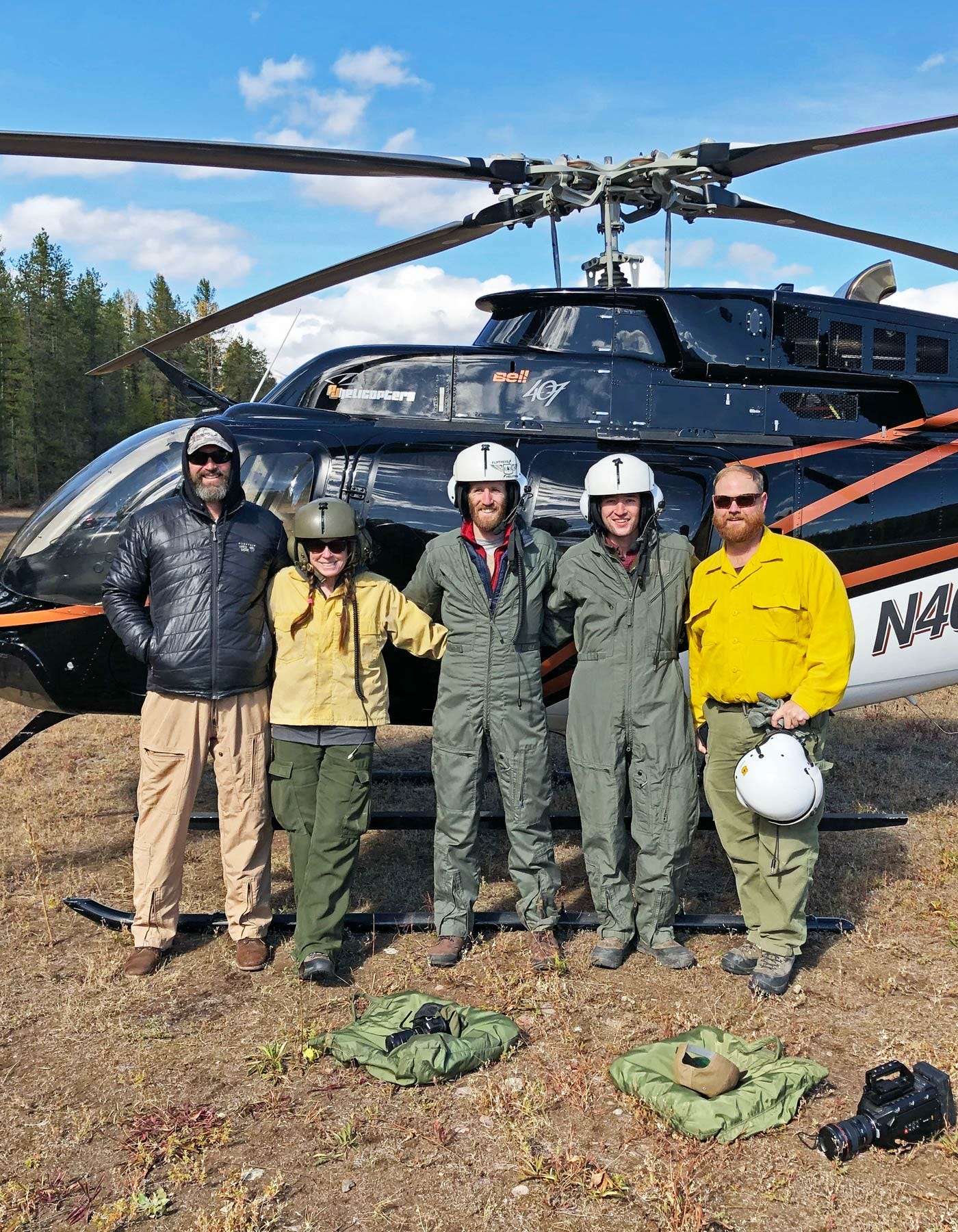A Helicopter Ride Through the Bob Marshall Wilderness (Photo Journal)
It's as epic as it sounds...
A few autumns ago Jim and I had the opportunity to take a helicopter ride with the US Forest Service through the Bob Marshall wilderness as part of our effort to document the Flathead National Forest (a continuation of the project I shared photos of in my last missive). Wow. I’ll just go ahead and say, if you ever have the opportunity to do this or explore this magical piece of public lands, don’t pass it up.
Pick of the Week: A new take on a favorite classic of ours – Jim currently uses one of these daily for his morning routine.
We were required to wear flight suits which was fun and had to make sure that all of our cameras were attached to us in some way, shape, or form. Finally use for the extra paracord we always pack and a chance to put our boy scout knot training to use! After we were all geared up we took off for what ended up being about a half day in the air. I don’t know about you but while a short helicopter can be pretty …





